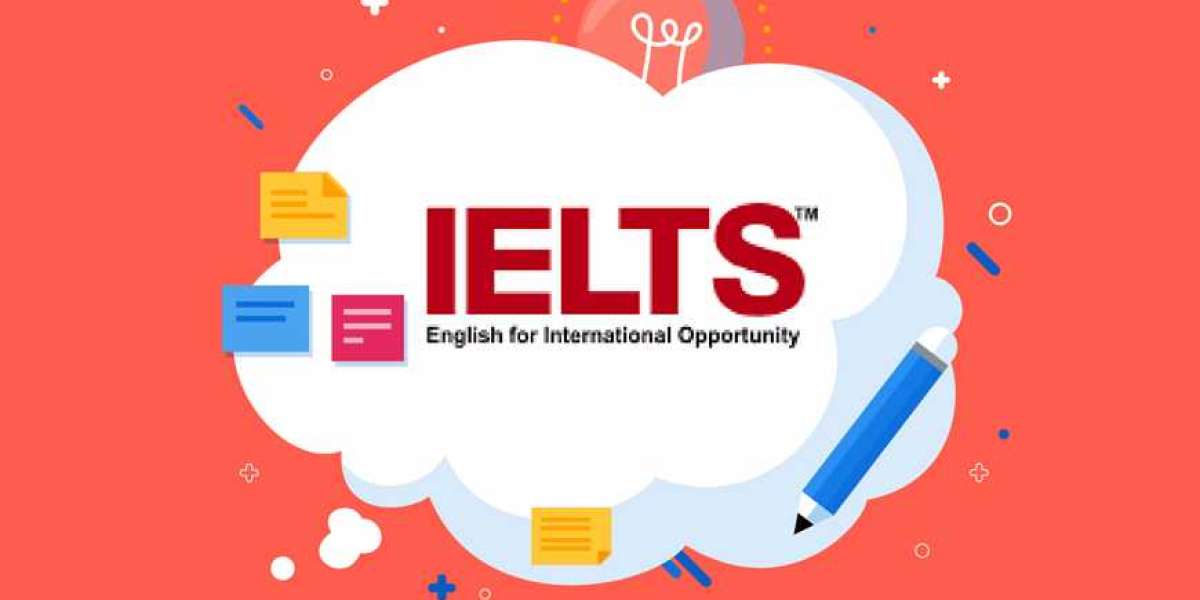The International English Language Testing System (IELTS) is one of the most recognized English proficiency exams in the world. It is used by educational institutions, employers, and governments to assess the language skills of non-native English speakers. Whether you are planning to study, work, or migrate abroad, the IELTS exam will test your ability to communicate effectively in English. Understanding the IELTS syllabus is key to preparing for the exam and achieving the desired score.
1. Overview of IELTS
The IELTS exam is divided into two main types: Academic and General Training.
- Academic IELTS is designed for those who plan to pursue higher education or professional registration in an English-speaking country.
- General Training IELTS is typically for individuals who are applying for migration purposes or for work experience or training programs.
The test assesses four primary skills: Listening, Reading, Writing, and Speaking. Each of these sections is designed to measure how well you can understand and use English in both academic and real-world contexts.
2. IELTS Listening Syllabus
The Listening section consists of four recordings:
- Recording 1: A conversation between two people set in an everyday social context.
- Recording 2: A monologue, such as a speech or a public announcement.
- Recording 3: A conversation in an academic or training context, often involving discussions between students and professors.
- Recording 4: A monologue on an academic subject.
You will be required to answer a total of 40 questions. These questions test your ability to:
- Understand main ideas and detailed factual information
- Recognize opinions, attitudes, and purpose
- Follow a conversation or talk and be able to extract the relevant details
The recordings are played only once, so it's important to stay focused and listen carefully.
3. IELTS Reading Syllabus
The Reading section for both Academic and General Training candidates differs slightly.
Academic IELTS Reading consists of three long passages that are more complex and formal. The passages are taken from books, journals, and newspapers and are usually related to topics like scientific research, history, and culture. You will be asked to answer 40 questions that test your ability to:
- Identify main ideas and specific details
- Understand arguments, opinions, and attitudes
- Infer meaning and analyze facts
General Training IELTS Reading consists of three sections:
- Section 1: A set of short texts related to daily life (e.g., advertisements, notices, and instructions).
- Section 2: Texts based on work-related issues (e.g., job descriptions, training materials).
- Section 3: A longer passage that is usually more complex, discussing societal issues, cultures, and policies.
Both formats require a detailed understanding of the text, as well as the ability to quickly find and comprehend specific information.
4. IELTS Writing Syllabus
The Writing section consists of two tasks for both Academic and General Training:
Task 1: In Academic IELTS, you are asked to describe, summarize, or explain visual information (e.g., graphs, tables, charts). In General Training, you are required to write a letter (formal or informal) based on a given situation.
Task 2: In both versions, you are required to write an essay in response to a question or topic. The essay should be well-organized, with clear arguments, supported by examples. You will be expected to:
- Develop and present ideas clearly and coherently
- Organize paragraphs effectively
- Use a variety of sentence structures and vocabulary
- Address all parts of the question
The Academic Writing section is generally more formal and focused on analytical skills, while the General Training section often involves more personal or practical writing.
5. IELTS Speaking Syllabus
The Speaking section of IELTS is a face-to-face interview with an examiner, divided into three parts:
Part 1: The examiner will ask you general questions about familiar topics, such as hobbies, family, work, or studies. This part lasts 4–5 minutes.
Part 2: You will be given a topic card and have 1 minute to prepare a speech. You will then speak for 1–2 minutes on the topic.
Part 3: This part lasts 4–5 minutes and involves more in-depth questions related to the topic from Part 2. The questions may require you to discuss abstract ideas, make comparisons, or provide opinions on societal issues.
The Speaking test is designed to evaluate your ability to communicate clearly and confidently in English, with a focus on fluency, pronunciation, grammar, and vocabulary.
6. Scoring and Results
IELTS scores range from 0 to 9 for each of the four skills: Listening, Reading, Writing, and Speaking. The overall band score is the average of the four individual scores. Most universities or employers require a minimum score between 6.0 and 7.5, but this varies depending on the institution and the course.
Conclusion
The IELTS exam is a crucial step for individuals looking to pursue opportunities abroad. Whether you're applying to study or work in an English-speaking country, understanding the syllabus and preparing for each section is essential for success. By familiarizing yourself with the structure of the test and practicing regularly, you can improve your chances of achieving a high band score. Remember, consistent preparation and understanding the test format are key to excelling in the IELTS exam.








